Introduction: What is the National Game of India?
India, a land of rich culture, diversity, and history, has various symbols that reflect its heritage. One of the most prominent aspects of Indian identity is its national game. But what is the national game of India? It’s a question many people might ask, especially those curious about the country’s history and sports culture.
The national game of India is Field Hockey. This fact might surprise some, as cricket often dominates the headlines in Indian sports news. However, hockey holds a special place in India’s history and continues to be recognized as the official national sport of the country.
In this article, we will explore the national game of India in detail. From its history to its cultural significance and its impact on the country’s sporting landscape, we’ll cover everything you need to know about India’s national game.
The History of Field Hockey in India
Early Beginnings of Hockey in India
Hockey has a long history in India, dating back to the 19th century. The modern form of field hockey as we know it today began to evolve under British rule. The British introduced the game to India in the 1850s, and it quickly became popular among the Indian elite, particularly in the region of Punjab.
However, the roots of the sport run much deeper, with several ancient Indian games resembling the modern form of hockey. Traditional games like “Chilam” and “Gilli-Danda” involved sticks and balls, hinting at early forms of hockey-like play.
Hockey’s Golden Era
Field hockey truly began to shine on the global stage with India’s entry into the international arena. The Indian men’s hockey team made its Olympic debut at the 1928 Amsterdam Olympics, where they won the gold medal. This victory marked the beginning of India’s dominance in the sport.
India’s golden era in field hockey began in the early 20th century, particularly after their consistent success in the Olympic Games. From 1928 to 1956, India won six Olympic gold medals in field hockey, a remarkable achievement that established them as the best team in the world. The country’s dominance was unrivaled during this period, and India was often considered the most formidable team on the field.
Notable Hockey Players of India
Over the years, several legendary hockey players have made their mark on Indian sports. Some of the most prominent figures include:
-
Dhyan Chand: Often called the “Wizard of Hockey,” Dhyan Chand is perhaps the most iconic hockey player in India’s history. His exceptional skills and vision on the field helped India win numerous gold medals, and he remains a national hero to this day.
-
Balbir Singh Sr.: Another legendary figure, Balbir Singh Sr. was a key player in India’s Olympic successes. He won three Olympic gold medals and is considered one of the greatest players to ever grace the sport.
-
Dhanraj Bhagat: A former captain of the Indian hockey team, Dhanraj Bhagat played a crucial role in bringing attention to the sport in the 1990s. His leadership helped revitalize India’s hockey scene.
-
Sardar Singh: A modern-day star, Sardar Singh has been one of the most influential midfielders in Indian hockey, contributing to both national and international competitions.
These athletes helped shape the legacy of hockey in India, making the sport a key part of the country’s sporting identity.
Why Hockey is the National Game of India

The Role of Hockey in India’s History
Hockey’s significance as India’s national game stems from its historical importance and the pride it brought to the nation during its Olympic victories. The sport represents India’s glory in the field of international sports, particularly during the mid-20th century.
At a time when India was gaining independence and establishing itself on the world stage, hockey became a symbol of national pride and unity. The achievements of India’s hockey team in the Olympics were a source of inspiration for the people and helped foster a sense of pride in the country’s potential on the global stage.
Moreover, hockey’s role in uniting diverse cultures, communities, and regions across India further cemented its place as the national game. Hockey brought people from all walks of life together, fostering a sense of national identity.
Cricket’s Rise and Hockey’s Decline
While hockey was once the dominant sport in India, it began to decline in the latter half of the 20th century. The rise of cricket, fueled by the success of the Indian national team and global tournaments like the Indian Premier League (IPL), overshadowed hockey’s prominence.
Despite cricket’s dominance, hockey continues to hold a place of honor in Indian sports, with its legacy never fading. Field hockey is still recognized as India’s national game by the government and various organizations, even though cricket garners the majority of the attention.
The Importance of Field Hockey in Indian Culture
Hockey’s Cultural Significance
Hockey’s cultural significance in India goes beyond the field of sports. The sport has been a unifying force, providing people across the nation with a shared sense of achievement. In cities, towns, and villages, the game of hockey is often played in schools, parks, and local clubs, promoting physical activity and teamwork among the youth.
Hockey is also part of Indian folklore and history. The tales of the great players, legendary victories, and iconic moments continue to inspire young athletes, fostering a love for the sport that transcends generations.
The Role of Hockey in Indian School and College Sports
In educational institutions across India, hockey remains an important part of the sports curriculum. Many schools and colleges have dedicated hockey teams that compete at regional and national levels. The sport also plays a significant role in shaping young athletes and giving them a platform to showcase their skills and make it to the national team.
Several prestigious institutions, including the National Institute of Sports (NIS) and SAI Centers, focus on training young hockey talent to compete at national and international levels.
Government Support and Development Initiatives
The Indian government has implemented various schemes and initiatives to support hockey and develop new talent. The Sports Authority of India (SAI) has been pivotal in promoting field hockey by providing training facilities, coaching, and international exposure to athletes.
In addition to government efforts, organizations like the Hockey India Federation are working tirelessly to ensure the continued growth of the sport. These bodies aim to develop grassroots programs and promote the sport in rural areas to expand its reach.
Key Facts About the National Game of India
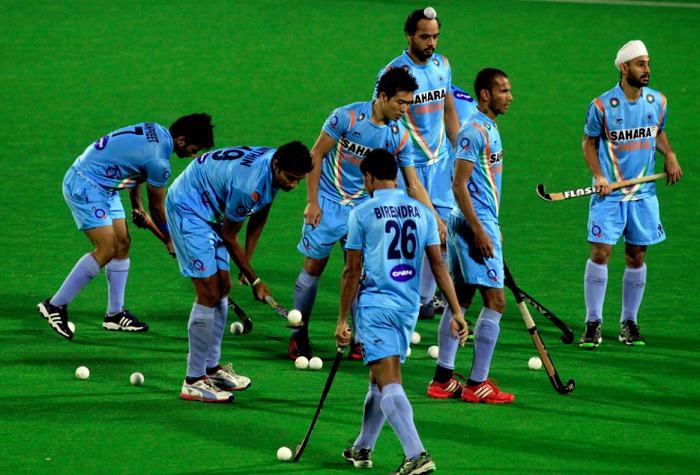
The History of the Indian Hockey Team in the Olympics
-
Olympic Success: India won its first Olympic gold medal in field hockey at the 1928 Amsterdam Olympics. The team went on to win six Olympic gold medals between 1928 and 1956, dominating the sport.
-
The Last Olympic Gold: The last Olympic gold for India in hockey came in 1980 in Moscow. Since then, the Indian team has experienced fluctuating success but has continued to compete at a high level.
-
Recent Revitalization: India’s national hockey team has made a comeback in recent years, winning medals at prestigious tournaments like the Hockey World Cup, Asian Games, and Commonwealth Games.
India’s Hockey Legends
-
Dhyan Chand: Known for his extraordinary dribbling skills and goal-scoring ability, Dhyan Chand was awarded the Padma Bhushan by the Indian government. His achievements are a source of immense pride for the nation.
-
Balbir Singh Sr.: A trailblazer in Indian hockey, Balbir Singh Sr. helped India secure multiple Olympic titles. He was a prolific goal scorer and is regarded as one of the greatest players in the history of the sport.
-
Raghbir Singh: Another hockey legend, Raghbir Singh played a significant role in Indian hockey during the 1950s and 1960s. He represented India in several international tournaments and is remembered for his leadership.
The Evolution of Field Hockey in India
The Early 20th Century: The Rise of Indian Hockey
In the early 20th century, hockey became increasingly popular in India, especially after the establishment of the first Indian national hockey team. While the British had introduced the sport, it was soon embraced by the Indian public, particularly in the northern regions, where the sport’s popularity grew rapidly. The Indian Hockey Federation (IHF) was formed in 1925, and it helped formalize the sport’s structure and organize competitions.
India’s first international success came in the 1928 Amsterdam Olympics, where the Indian team dominated, winning its first Olympic gold medal. This event marked a turning point in India’s sports history, signaling the beginning of an era where field hockey would become synonymous with Indian sporting excellence.
India’s Hockey Legacy: The Decade of Dominance (1928-1956)
From the time of its first Olympic gold in 1928 until 1956, India’s hockey team was the most dominant force in the sport. India won six Olympic gold medals in this period, making it an undisputed powerhouse in the world of hockey.

The Indian team’s success can be attributed to a combination of world-class talent, strong team dynamics, and strategic coaching. During this golden period, the Indian team defeated some of the most formidable hockey teams, including the Netherlands, Germany, and Great Britain. This dominance not only solidified the country’s reputation as a global leader in hockey but also turned the sport into a unifying factor for millions of Indians.
Key Moments in India’s Hockey History
-
1928 Amsterdam Olympics: India’s first Olympic gold medal in field hockey was a historic achievement. The Indian team, led by Jaipal Singh Munda, defeated the Netherlands in the final, marking India’s emergence as a leading hockey nation.
-
1932 Los Angeles Olympics: India retained its gold medal at the Los Angeles Olympics. This victory was even more impressive as the Indian team went undefeated throughout the tournament, scoring 35 goals and conceding just one.
-
1936 Berlin Olympics: One of the most memorable moments in Indian hockey history occurred at the 1936 Berlin Olympics when Dhyan Chand and his team won the gold medal, defeating Germany 8-1 in the final. This victory was particularly significant due to the political atmosphere of the time, as India was still under British colonial rule. Dhyan Chand’s incredible skills left a lasting impression on the world, and he was even offered a job by Adolf Hitler, which he turned down.
-
1948 London Olympics: After India gained independence, the Indian hockey team, led by K.D. Singh Babu, won the gold medal in London. This victory was a symbol of India’s newly acquired freedom and its ability to succeed on the global stage.
-
1956 Melbourne Olympics: India’s last gold medal during its golden period came in 1956, where the team won the Olympic gold in Melbourne, defeating Australia 4-2 in the final.
The Decline and Challenges of Indian Hockey
Despite the early success, Indian hockey began to experience a decline in the latter half of the 20th century. This decline can be attributed to several factors, including:
-
Cricket’s Dominance: With the rise of cricket, particularly after India’s victory in the 1983 Cricket World Cup, cricket became the undisputed favorite sport in the country, and hockey lost much of its appeal. The focus shifted from field hockey to cricket, which led to fewer resources, less attention, and reduced funding for the sport.
-
Governance Issues: The Indian Hockey Federation (IHF) faced internal issues and leadership crises over the years, which affected the development of the sport. This lack of effective management impacted the growth of hockey at the grassroots level and the country’s performance in international tournaments.
-
Changing Training Methods: The Indian team’s success in the early years was largely based on talent and traditional training methods. However, as global standards evolved, India’s approach to training and development lagged behind other nations, leading to a drop in performance.
The Revival of Indian Hockey in the 21st Century
Despite the challenges, Indian hockey has experienced a revival in recent years. The success of the Indian hockey team in various international tournaments has brought back interest in the sport and sparked a new wave of excitement among the Indian public.
-
Hockey India League (HIL): The Hockey India League, launched in 2013, was instrumental in bringing the spotlight back on hockey. This league allowed top Indian and international players to showcase their skills and created a platform for emerging talent to be recognized. The HIL helped in improving the infrastructure of the sport and enhanced its popularity among the younger generation.
-
Recent International Success: India’s hockey team has achieved significant success in recent years. The team secured bronze medals at the 2018 and 2020 Asian Games and 2018 Commonwealth Games. The team’s performance at the 2021 Tokyo Olympics was also a turning point, as India won the bronze medal, ending a 41-year medal drought in Olympic hockey.
-
The Role of New Players: Players like Manpreet Singh, Harmanpreet Singh, and PR Sreejesh have been central to India’s resurgence in international hockey. Their exceptional performances have brought the team back to the global spotlight and inspired future generations of players.
Women’s Hockey in India
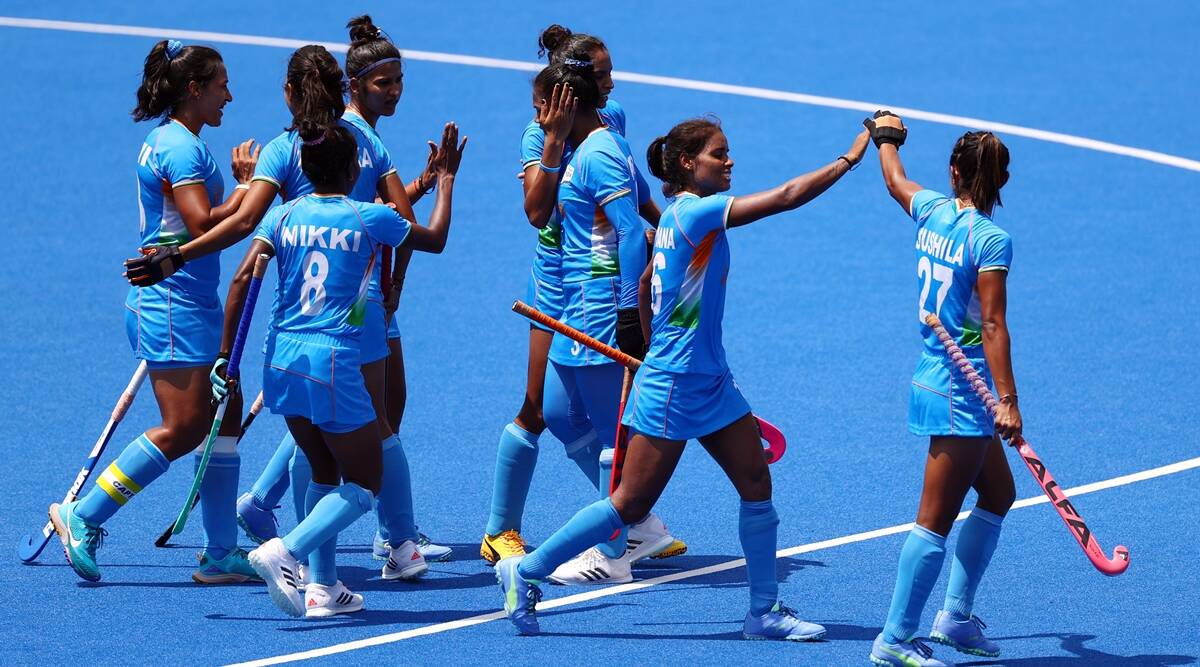
While men’s hockey has historically dominated in India, women’s hockey is gaining significant traction and has made great strides in recent years. The Indian women’s hockey team has shown remarkable improvements and has participated in major international tournaments, including the 2020 Tokyo Olympics, where they finished in 4th place, narrowly missing out on a medal.
-
Rani Rampal: The captain of the Indian women’s team, Rani Rampal, has been a driving force behind the growth of the sport. Under her leadership, the team has shown great promise and resilience. Rani Rampal’s exceptional skills and determination have made her one of the most recognized faces in Indian women’s sports.
-
Improved Infrastructure and Support: The Indian women’s team has received more attention from the government and private organizations in recent years. Investments in training facilities, better coaching, and international exposure have helped elevate the level of the game in India. This has given the Indian women’s hockey team a brighter future, with more potential for success on the world stage.
Key Competitions and Tournaments for Indian Hockey
Some of the most prominent tournaments include:
-
FIH Hockey World Cup: Held every four years, the Hockey World Cup is one of the most prestigious tournaments in field hockey. India’s best finish came in 1975, when the men’s team won the gold medal.
-
Asian Games: The Asian Games is another important tournament where India competes against the best teams from Asia. India’s men’s and women’s teams have both enjoyed success in the competition, with the men’s team winning gold multiple times.
-
Commonwealth Games: The Commonwealth Games offers another platform for India to showcase its talent. India’s men’s team has won several medals, including gold and bronze, in the tournament.
-
Pro League: The FIH Hockey Pro League is a relatively new tournament that has garnered attention due to its competitive nature. It provides regular international exposure to teams and has become an important event in the global hockey calendar.
Conclusion: The Future of Hockey in India
Field hockey has been a cornerstone of India’s sports culture, and its legacy as the national game remains strong. Despite challenges from other sports like cricket, hockey continues to inspire future generations of athletes and unite the people of India.
With renewed interest in the sport and increasing success on the international stage, the future of hockey in India looks promising. Government and private organizations are focusing on promoting hockey at the grassroots level and providing more opportunities for young players to pursue the sport professionally.
In conclusion, hockey is not just a game in India; it is a symbol of national pride, unity, and perseverance.
Read More Blog: Is BDG Game Real or Fake? Full Guide to Understanding BDG Game


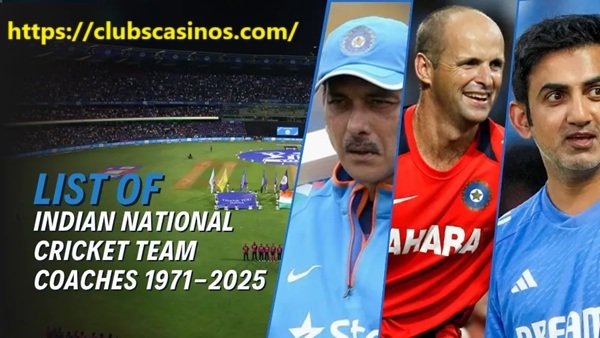
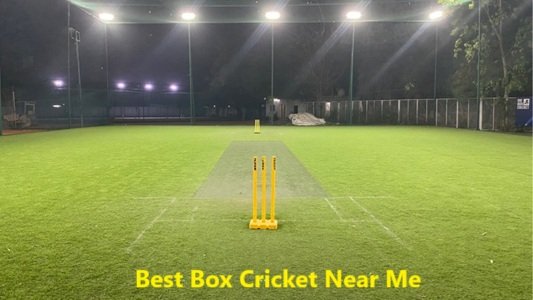
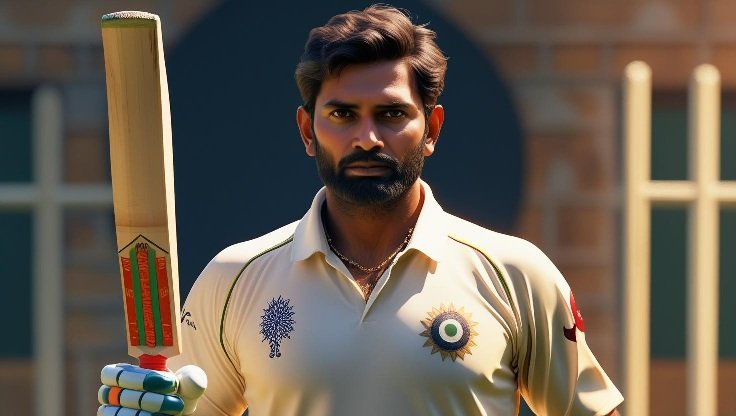
Leave a Reply